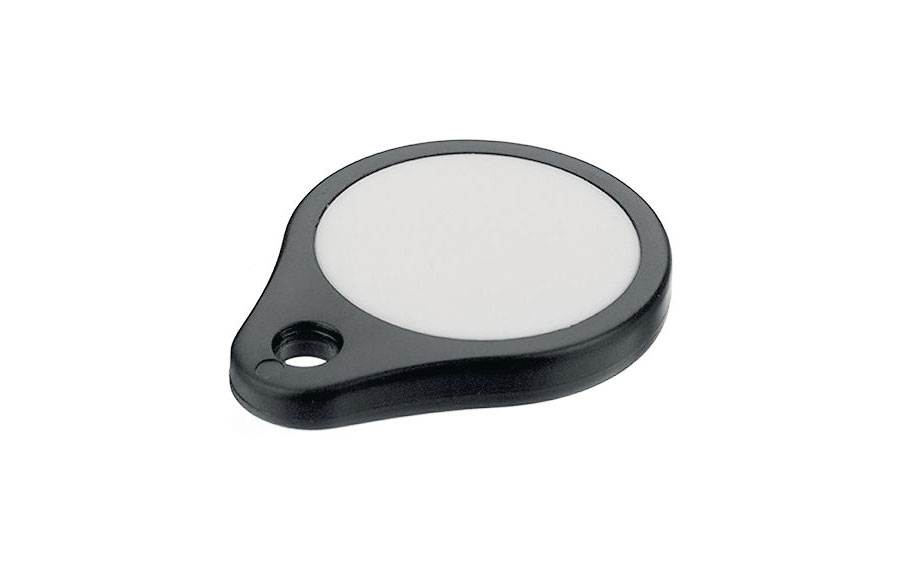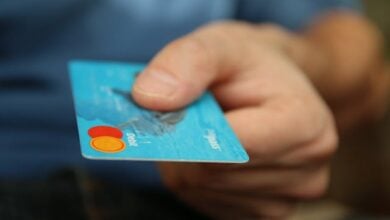Most of the passenger vehicles on today’s market use what are known as key fobs. These electronic car keys lock and unlock vehicles from a distance, open the trunk, and some even allow drivers to start their cars remotely. Needless to say, they rely on more complicated mechanisms than basic keys, which means they’re also more expensive to repair.
Can Drivers Make DIY Repairs?
Technically, drivers can reprogram their own key fobs. Reprogramming a key fob at home isn’t easy, though, and each manufacturer uses slightly different proprietary programming methods. The steps below apply to most key fobs on today’s market. If it doesn’t work, consult the vehicle’s owner’s manual to see what parts of the process might be different, or contact a qualified automotive locksmith in dallas TX.
How Key Fobs Work
Key fobs are far more complex than traditional keys. They contain transmitters with controller chips containing memory, just like what’s found in a full-sized computer. The controller chips operate using a 40-bit code. When drivers push a button on their cars’ key fobs, it sends a function code that tells the car what to do.
Since security is a big concern for remote auto entry, the transmitter in the key fob and the receiver in the vehicle must be synchronized using pseudo-random number generators. When the receiver gets a 40-bit code from the transmitter, it will only respond if the pseudo-random code is verified. Synchronization also ensures that the car doors will not open if a driver accidentally pushes a button on his or her key fob when not in proximity to the vehicle.
If a button gets pushed over and over, it will desynchronize the key fob. Modern remote entry systems allow users to accidentally generate 256 codes before the transmitter and receiver desynchronize. When that happens, drivers must reprogram their key fobs following the steps below.
Step One: Replace the Battery
Some key fob problems are easier to resolve than others. If the key fob has stopped working completely, try changing the batteries before moving on to other more complex troubleshooting methods. Key fob batteries are cheap and replacing them is relatively easy, so this is a good place to start even if drivers are almost certain their batteries are still producing power.
Step Two: Get in the Car
If changing the batteries doesn’t work, it’s time to get serious about troubleshooting. Use the manual key to open the driver’s side door and step inside. Drivers should close all the doors behind them, as leaving even one door open can disrupt the reprogramming process.
Step Three: Turn On the Car
Put the key in the ignition and power on the car’s electrical systems, but don’t start the engine. Only the electrical systems should be operational and the ignition should not be in radio mode.
Step Four: Lock the Car With the Key Fob
While the key is in the ignition and the “on” position, lock the doors using the key fob, then turn the key to the “off” position. Repeat the process three or more times. It will indicate to the car’s electronic control units (ECUs) that the key is in the ignition and it is sending out a signal. The ECUs will save the data automatically.
Step Five: Listen to the Locks
After repeating the process described above a few times, drivers should leave the key in the ignition and turn it back to the “on” position. They should hear a locking sound. That sound indicates that the key fob is in programming mode. Once it has entered programming mode, push the lock button again.
Drivers will need to perform this step quickly. They only have five seconds after the car and key fob to enter programming mode to confirm the selection by pressing “lock” to make sure the reprogramming will be successful.
Step Six: Reprogram Additional Key Fobs
Most drivers don’t have just one key fob. Thankfully, there’s no need to repeat the entire process. Just press the lock button on each additional remote within 10 seconds of entering programming mode. Drivers who don’t get the timing quite right will have to start from the beginning at Step One. To avoid extra frustration, collect all the key fobs and place them within easy reach before starting the reprogramming process.
Step Seven: End the Programming Process
To end the programming process after successfully reprogramming all key fobs, just turn the key that’s in the ignition back to the “off” position. This will indicate to the ECUs that the car is being taken out of programming mode.
Step Eight: Test the Results
To make sure the reprogramming process worked as intended, step out of the car with all the key fobs and close the doors. Test each one separately to make sure they lock and unlock the doors, open the trunk, and, if applicable, remote-start the engine. If the key fobs still don’t work, it’s time to consider calling a locksmith.
What About Lost Key Fobs?
Each manufacturer uses proprietary technology to craft and program its key fobs, so they’re not interchangeable. Drivers who have lost their keys can contact an auto locksmith for help creating a new master key. Before calling, check the owner’s manual to see if it will require a code. If there’s a code card in the manual, convey that information to the locksmith.
When to Call a Locksmith
If following the steps above doesn’t work, drivers will need to call in some professional help. It’s also fine to call a locksmith for help with reprogramming instead of taking a DIY approach. These experts know exactly how to identify the technology used by vehicle manufacturers and resolve all kinds of key fob problems.
Get Help Now
Need help getting into a modern car and don’t want to risk screwing with complicated electronic devices? Locksmiths offer 24/7 emergency services so drivers don’t have to wait for the help they need. Call anytime to get help reprogramming a key fob, fixing a lock, or otherwise resolving problems with entering a vehicle.




